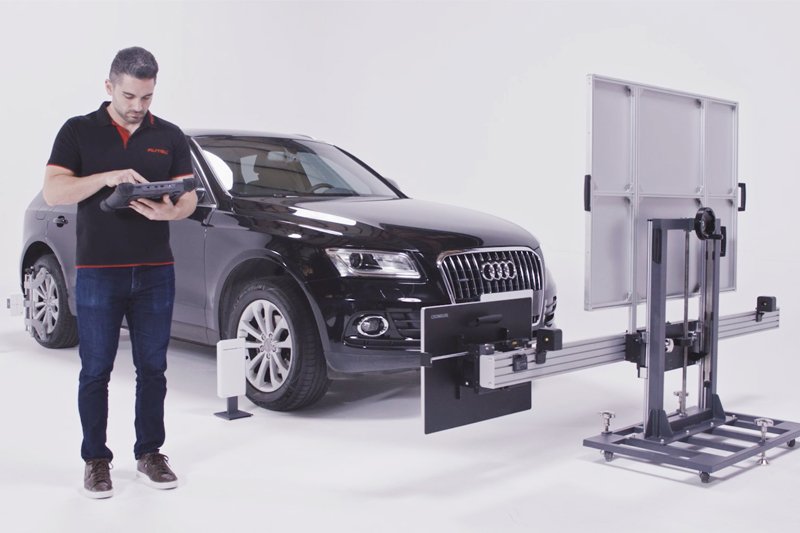5 Lessons You Can Learn From Car Keys
How to Program Car Keys: A Comprehensive Guide
Programming car keys has ended up being an important skill for many vehicle owners. As click the next site evolves, so do the tools and methods for key programming, making it a subject of considerable importance. This post offers in-depth insights into the processes involved in programming car keys, attending to common questions and providing step-by-step instructions.
Understanding Car Keys
Car keys have evolved substantially over the years. Standard mechanical keys have mostly paved the way to sophisticated electronic keys, wise fobs, and transponder keys. Comprehending the various kinds of keys is essential for the programming procedure. Below is a table that outlines the primary types of car keys:
Key Type
Description
Programming Method
Mechanical Key
A simple key cut to match the lock
Not programmable
Transponder Key
Contains a chip that interacts with the car's ignition system
Needs specific equipment
Smart Key
A key fob that enables keyless entry and ignition
Normally configured utilizing OBD-II or scanner
Keyless Entry Remote
Used to control doors and start the vehicle
Frequently programmable through manual steps
Why Program Car Keys?
Programming car keys has a number of practical applications:
- Replacing Lost Keys: If a key is lost, programming a new one makes sure ongoing access to the vehicle.
- Updating Security: Older automobiles can benefit from upgrading to transponder or clever keys, boosting security.
- Numerous Drivers: For automobiles shared among family members or colleagues, programming additional keys can help with gain access to without dispute.
How to Program Car Keys
Programming a car key can vary depending on the make and design of the vehicle. While it is frequently smart to consult a professional locksmith or dealership, many owners might choose for DIY programming. Here's a general step-by-step guide for programming transponder and wise keys:
Tools Needed
- Blank Key or Fob: Ensure it's suitable with your vehicle model.
- Owner's Manual: Useful for specific instructions related to the design.
- OBD-II Scanner (if essential): Required for certain types of programming.
Step-by-Step Programming Process
Find the Programming Instructions:
- Refer to the vehicle's owner handbook or online resources to find particular programming actions.
Enter Programming Mode:
- Insert an existing key into the ignition.
- Turn the ignition to the ON position (do not start the engine) and back to OFF 5 times within 10 seconds.
- The vehicle lights should flash to indicate programming mode is activated.
Insert the New Key:
- After entering programming mode, insert the new key and turn it to the ON position.
- Wait on the security light to switch off, which indicates the programming succeeded.
Check the Key:
- Turn the ignition OFF and remove the key.
- Evaluate the key by trying to start the engine. If it does not work, repeat steps 2 to 4.
Programming Additional Keys (If Needed):
- Repeat the procedure for any extra new keys.
Programming Keyless Entry Remotes
Programming a keyless entry remote usually needs various steps. Here's a simplified procedure:
Enter Programming Mode:
- Follow comparable actions as above to get in programming mode.
Press the Lock/Unlock Button:
- On the remote, push the lock or unlock button. The vehicle lights should flash, indicating the remote has actually been discovered.
Check the Remote:
- Ensure that the remote functions properly by checking its capability to lock/unlock the doors.
Essential Considerations
- Compatibility: Confirm that you are utilizing the proper key or remote for your particular vehicle model.
- Limitation on Keys: Some lorries restrict the number of keys that can be configured at once. Inspect the owner's handbook or dealership for information.
- Professional Help: If problems emerge, do not hesitate to get in touch with a professional locksmith or your vehicle car dealership.
Regularly Asked Questions (FAQs)
1. Can I program a car key myself?
Yes, lots of modern-day lorries allow owners to program their car keys by following particular steps. Nevertheless, complexity can vary by make and design.
2. Do I need unique tools to program transponder keys?
In many cases, standard tools like a blank transponder key and your vehicle's owner's manual are sufficient. Advanced programming might require an OBD-II scanner.
3. What occurs if I lose all my keys?
If all keys are lost, programming a brand-new key will normally require a visit to a car dealership or a professional locksmith who can access the vehicle's programmable vehicle module.
4. How much does it cost to program a car key?
Expenses can differ commonly. Do it yourself programming may be free or low-cost if you have the needed tools, while dealership or locksmith services can range from ₤ 50 to ₤ 300.
5. Can I program an utilized key from another vehicle?
Usually, no. Keys are normally programmed to communicate with the particular vehicle's computer and will likely not work with another vehicle.
Programming car keys is an important ability that can conserve both money and time for vehicle owners. Comprehending the process, tools required, and various types of keys available is crucial. By following the appropriate actions, lots of owners can successfully program their keys, ensuring access and security to their vehicles. Informing oneself about the programming techniques and seeking expert support when required will result in a smoother experience in handling car keys.
